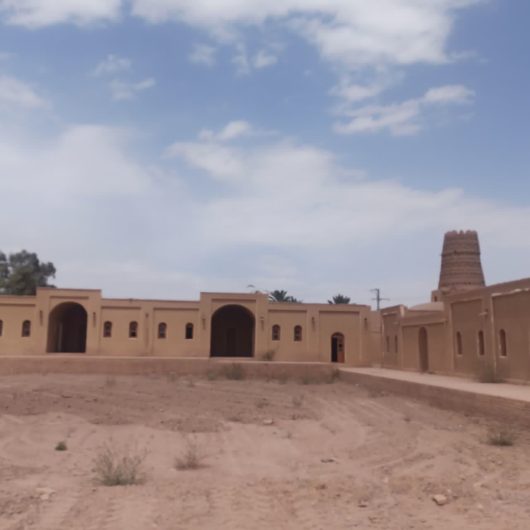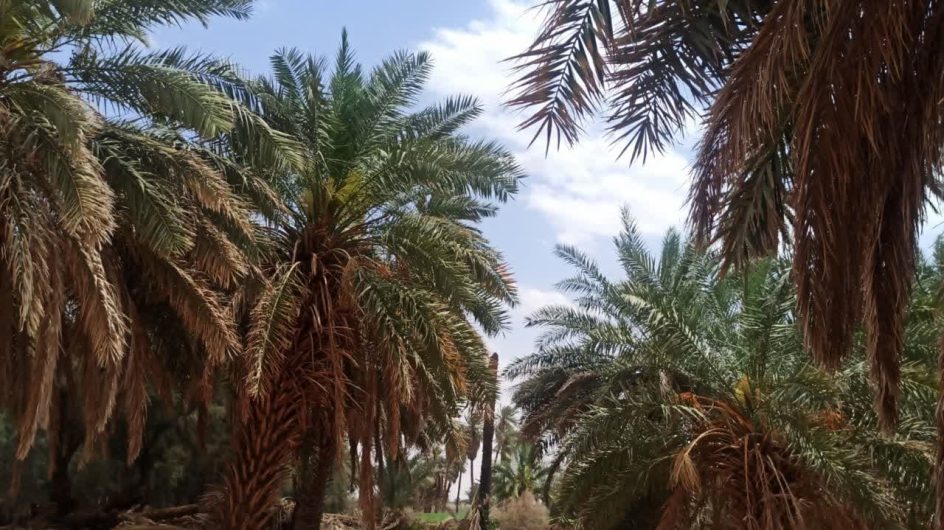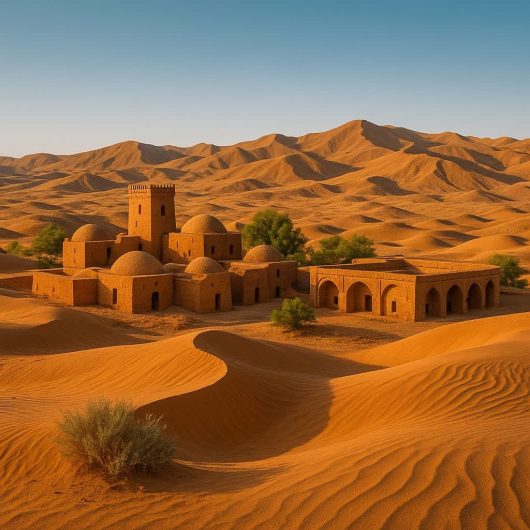



Shafiabad Village, Kerman, Iran: A Historical and Natural Treasure at the Gateway to the Lut Desert
Introduction
Shafiabad Village, located in Takab Rural District, Shahdad District, Kerman Province, Iran, stands as a distinguished testament to the harmonious coexistence of human settlement and desert environment. Positioned strategically along the historic Silk Road and adjacent to the globally recognized Shahdad Kalouts — one of the world’s most extraordinary desert landscapes — Shafiabad offers a unique convergence of cultural, historical, and natural values.
Cultural and Historical Significance
The Shafiabad Fortress, dating back to the Qajar era (19th century), forms the cultural nucleus of the village. Constructed using traditional mud-brick techniques, the fortress features robust defensive walls, corner watchtowers, and a sophisticated internal layout that exemplify the adaptive architectural responses to desert conditions.
In close proximity lies the Shafiabad Caravanserai, an authentic example of Persian caravanserai architecture. Historically serving merchants and travelers on the Silk Road, its central courtyard and meticulously designed chambers reflect the pivotal role of Shafiabad in regional trade and cultural exchanges.
Natural Setting and Outstanding Universal Value
Shafiabad’s geographical location enhances its significance, serving as an access point to the Shahdad Kalouts — vast yardang formations sculpted by wind and erosion over millennia. This unique geomorphological phenomenon, situated within the Lut Desert (a UNESCO World Natural Heritage site since 2016), positions Shafiabad as an essential cultural-natural interface and a living witness to human adaptation in one of the harshest climates on Earth.
Community, Economy, and Sustainable Tourism
The local community, historically reliant on agriculture and livestock, is increasingly embracing sustainable tourism initiatives. The establishment of eco-lodges and the promotion of local cultural festivals, such as the inaugural Garlic Festival held at the Shafiabad Fortress in April 2025, exemplify community-led efforts to preserve intangible cultural heritage and promote rural development.
Integrity and Authenticity
Shafiabad maintains a high degree of architectural and spatial integrity. Restoration efforts have respected traditional construction methods, ensuring the preservation of the village’s historical authenticity. The surrounding desert landscapes remain largely undisturbed, enhancing the village’s cultural context and visual coherence with its natural environment.
Conclusion
Shafiabad Village embodies a unique synthesis of human creativity, cultural continuity, and natural beauty. Its nomination for global recognition underscores its potential to contribute significantly to the objectives of the UNESCO World Heritage Convention, particularly in illustrating the interaction between humans and the desert environment over time.
Shafiabad stands as a living heritage site — a beacon of resilience, adaptation, and intercultural dialogue — deserving of recognition and protection for future generations.
